Rising Demand for Processed Foods
The increasing demand for processed foods is a pivotal driver for the Food Sterilization Equipment Market. As consumers seek convenience and longer shelf life for food products, manufacturers are compelled to adopt advanced sterilization technologies. This trend is reflected in market data, indicating that the processed food sector is projected to grow at a compound annual growth rate of approximately 6% over the next five years. Consequently, food sterilization equipment becomes essential in ensuring product safety and extending shelf life, thereby meeting consumer expectations. The Food Sterilization Equipment Market is likely to benefit from this shift, as companies invest in innovative sterilization methods to enhance food quality and safety. This demand is not only driven by consumer preferences but also by regulatory requirements that necessitate stringent food safety standards.
Stringent Food Safety Regulations
Stringent food safety regulations are a significant driver for the Food Sterilization Equipment Market. Governments and regulatory bodies worldwide are implementing rigorous standards to ensure food safety and quality. These regulations compel food manufacturers to invest in advanced sterilization technologies to comply with safety standards. For instance, the Food Safety Modernization Act in various regions mandates that food producers adopt preventive controls, which include effective sterilization processes. This regulatory landscape is expected to propel the growth of the food sterilization equipment market, as companies strive to meet compliance requirements. The market is projected to expand at a rate of approximately 4% annually, driven by the need for reliable sterilization solutions that adhere to these evolving regulations. As a result, the Food Sterilization Equipment Market is positioned to thrive in this compliance-driven environment.
Expansion of Food Processing Industry
The expansion of the food processing industry serves as a vital driver for the Food Sterilization Equipment Market. As the global population continues to grow, the demand for processed and packaged foods is on the rise. This trend necessitates the implementation of effective sterilization processes to ensure food safety and quality. Market projections indicate that the food processing sector is expected to grow at a compound annual growth rate of around 5% over the next several years. This growth is likely to stimulate demand for advanced sterilization equipment, as manufacturers seek to enhance their production capabilities. The Food Sterilization Equipment Market stands to benefit from this expansion, as companies invest in innovative sterilization solutions to meet the increasing demands of the food processing landscape.
Growing Awareness of Health and Hygiene
Growing awareness of health and hygiene among consumers is increasingly influencing the Food Sterilization Equipment Market. As public consciousness regarding foodborne illnesses rises, there is a heightened demand for safe and hygienic food products. This trend is reflected in market data, which indicates that consumers are willing to pay a premium for products that guarantee safety and quality. Consequently, food manufacturers are investing in advanced sterilization technologies to ensure their products meet these consumer expectations. The Food Sterilization Equipment Market is likely to experience growth as companies prioritize hygiene and safety in their production processes. This shift not only enhances consumer trust but also drives innovation in sterilization methods, further propelling market expansion.
Technological Innovations in Sterilization
Technological innovations play a crucial role in shaping the Food Sterilization Equipment Market. Advancements in sterilization techniques, such as high-pressure processing and microwave sterilization, are gaining traction due to their efficiency and effectiveness. These technologies not only reduce processing times but also preserve the nutritional quality of food products. Market analysis suggests that the adoption of such innovative sterilization methods is expected to increase, with a projected market growth rate of around 5% annually. This trend indicates a shift towards more sustainable and energy-efficient solutions in food processing. As manufacturers seek to optimize their operations, the Food Sterilization Equipment Market is likely to witness a surge in demand for cutting-edge sterilization equipment that aligns with modern food processing needs.


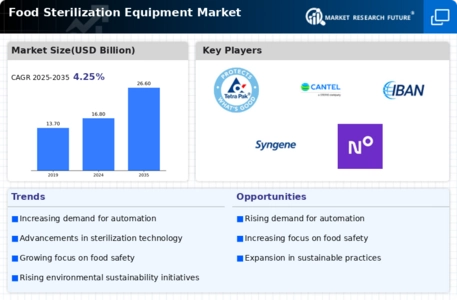
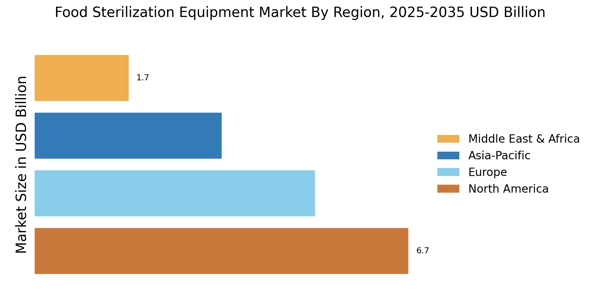
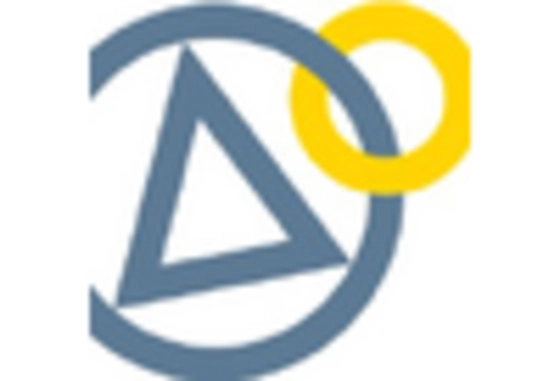
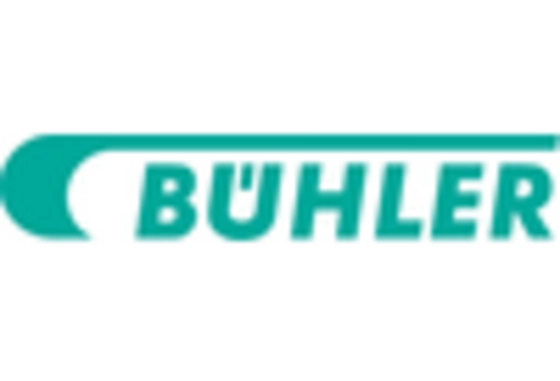
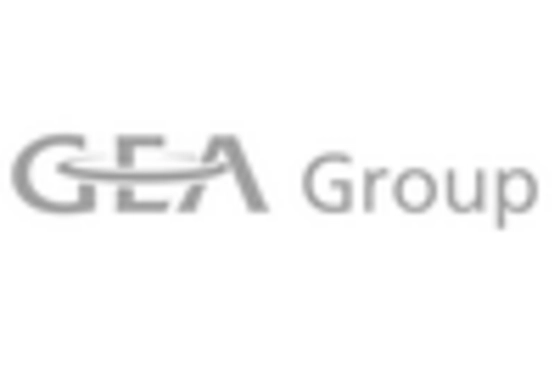
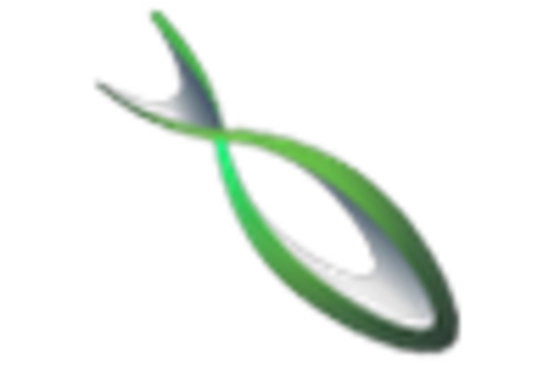
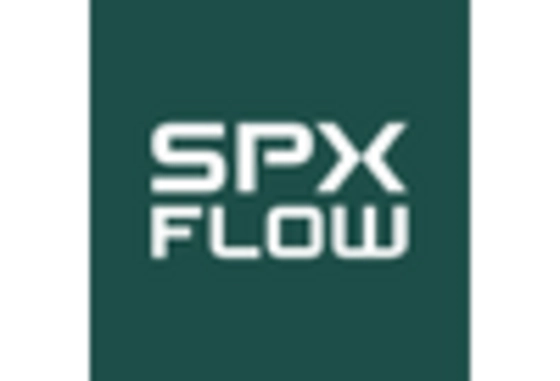
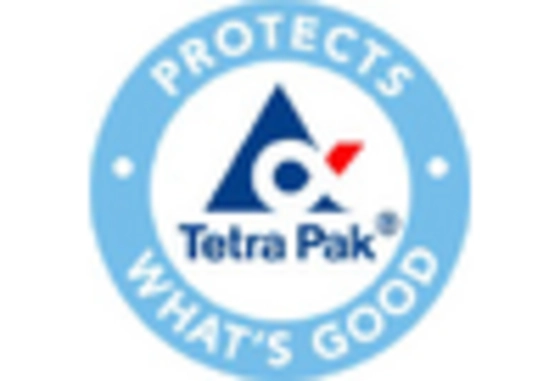








Leave a Comment